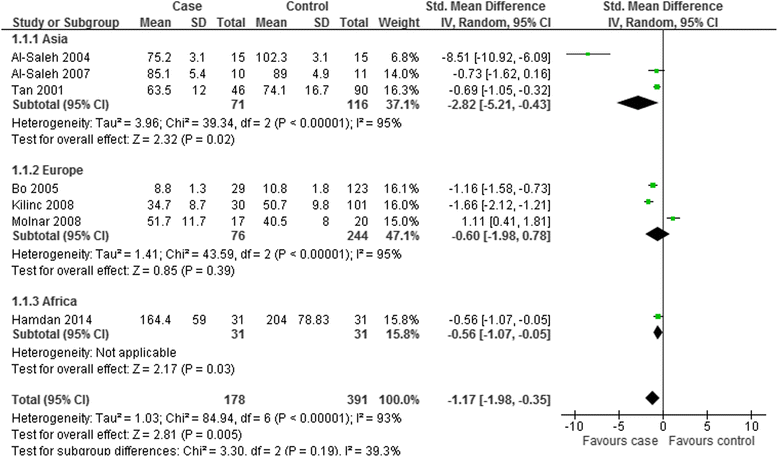

- Publication bias in comprehensive meta analysis install#
- Publication bias in comprehensive meta analysis software#
Improvements in sleep latency did not vary between individual hypnotics. Previously, we covered various approaches that assess the risk of publication bias by looking at. C: Sensitivity analysis between IL-10 gene 592 polymorphism and CL risk from publication: IL-6 and IL-10 gene polymorphisms and cirrhosis of liver risk from a. There are various small-study effect methods to assess and correct for publication. Non-benzodiazepine hypnotics showed a small improvement in subjective sleep latency although the change was not significant (−6.9 minutes, −26.0 to 12.4). 9.2 Addressing Publication Bias in Meta-Analyses 9.2.1 Small-Study Effect Methods.

When the results of the trials were combined, non-benzodiazepine hypnotics showed a significant improvement (reduction) in the main outcome of polysomnographic sleep latency compared with placebo (weighted mean raw difference −22.0 minutes, 95% confidence interval −33.0 to −11.0). Thirteen trials were eligible for inclusion. The main outcomes were polysomnographic and subjective measurements of sleep latency.


Participants were adults with primary insomnia (transient or chronic). Randomised controlled trials were included if they were double blind, placebo controlled, and had parallel treatment groups. In some meta epidemiological studies, the effect of interventions in RCT’s (Randomised Controlled Trials) can be misunderstood leading to underestimation or overestimation of the intervention (Christensen and Berthelsen, 2020). Researchers undertook a meta-analysis of the effectiveness of non-benzodiazepine hypnotics, including eszopiclone, zaleplon, and zolpidem. Bias in meta-analysis within meta-epidemiological studies.
Publication bias in comprehensive meta analysis install#
I generally use the metafor package, but there are also other packages out there that can be used for this purpose (see this page for more information about R packages related to meta-analysis).Īn example using the metafor package: install.packages("metafor") # Install metafor packageĭat <- dat.bangertdrowns2004 # Use these data as example
Publication bias in comprehensive meta analysis software#
An option is to use the free statistical software R ( link).


 0 kommentar(er)
0 kommentar(er)
